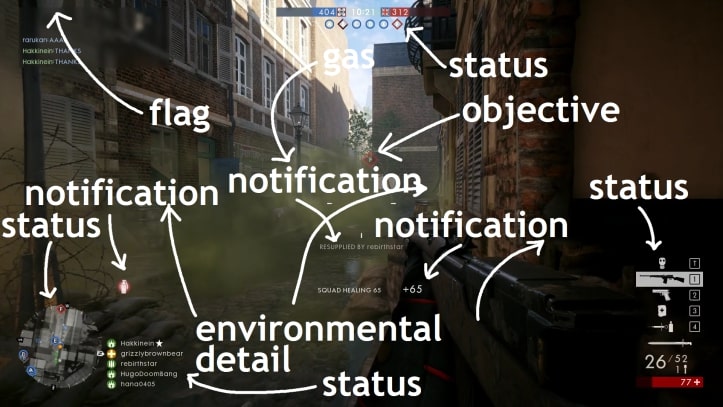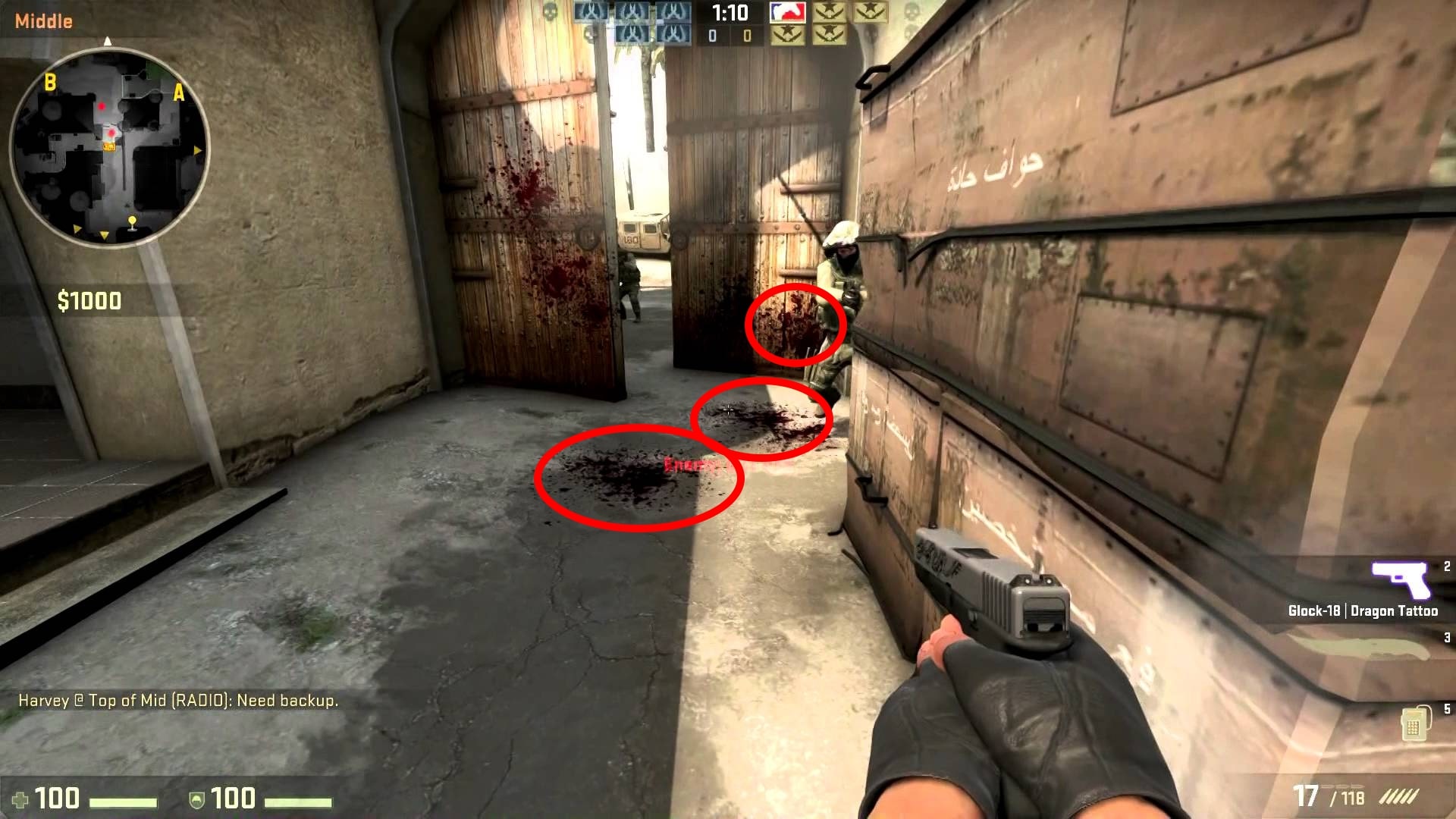
Counter Strike: Global Offensive Analysis
Counter Strike: Global Offensive
Introduction
For the following analysis I chose Counter Strike: Global Offensive (CS:GO), a first person shooter (FPS) multiplayer online game considered one of the best title of all time in its genre.
Why I choose it:
- High success:
CS:GO is the most important and famous FPS multiplayer game that has been developed.
Since its launch in 2011, it has had a constant growth of players that brought it to be one of the most played multiplayer games of all time.
http://steamcharts.com/app/730#AllCS:GO is based on direct competition (Agon) among players, for this reason is the perfect FPS multiplayer for the Esports.
At present CS:GO remains one of the top 10 games on Twitch.tv and it has often an average number of viewers bigger than the games like Fortnite and Overwatch that are been recently released.Average viewers:- CS:GO (23,261)
- Fortnine (19,968)
- Overwatch (17,113)

- It has not changed:
The beauty of Counter-Strike is that it hasn’t changed in time.
CS:GO’s longevity is caused by his player centric design, that gives tools to the player and let them play as they want. So it gives the possiblity to create a very personal experience, making it a very longevous game.Other games that are designer centric (opposite of player centric because the game provides a more rigid experience) like Call of Duty, try to change the game every year to keep the players playing it.
Call of Duty could have a group of really talented esports players one year, but those players might fall behind and disappear the next year.CS:GO is an evergreen game, for this reason I analyze it rather than other multiplayer games that lives only few years.
Basic Design of CS:GO:
CS:GO has a system that provide to the player a relatively limited number of elements, but thanks to the many uses and interactions with them, the system generates a lot of dynamics and an incredible gameplay depth.
CS:GO is a game based on the Depth, rather than on the Breadth.
- Depth = the different ways to use the elements provided by the system.
- Breath = the number of elements provided by the system.
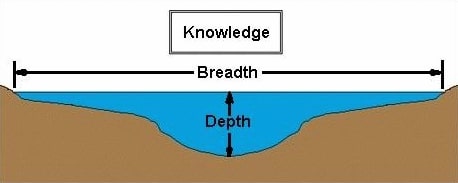
LEARNING PROCESS
Learning Cycles:

I have divided into three phases the CS:GO learning cycles based on their complexity and length:
- Start:
The player learn very fast the basic mechanics and starts to use them in the game world. The feedbacks that the game provides are very simple and the player conceptualize them almost always at first time, learning very fast the basic mechanics of the game.Things learned in this phase:- Movement
- Walk
- Slow walk
- Jump
- Crouch
- Use weapons
- Shooting
- Aiming (with the weapon with the scope)
- Reloading
- Melee attack
- Objectives
- The player understand how to plant and defuse the bomb, how to resque the hostage…
- Economic system
- Kill enemies = earn money
- Win round = earn money
- Spend money to buy the weapons and the equipment
- Movement
- Middle:
The player finds new informations that gives him the possibility to use the mechanics as a tool to achieve meaningful results. This learning process becomes long because the feedback that the game provides become implicit and the player has to find informations in the web or has to study the other players’ strategies to conceptualize them. Also the Apply step becomes difficult because the informations conceptualized can be difficult to apply, and the player has to repeat the cycle untill he can apply it correctly.Things learned in this phase:- Movement
- Jumping + crouch to reach strategic spots
- Strategic spots in the maps
- Movement + shooting
- Use weapons
- Aiming at the right height
- Try to make always an headshot
- Control the spray pattern
- Aim + shoot in a rapid way
- Use in a right way the equipments
- Economic system
- Remember the earns based on the weapons
- Strategy based on team mates and emenies money
- Study the other players
- Kill cam
- Spectator mode
- Audio
- Understand the different sounds to figure out what it is happening
- Movement
- End:
The player knows almost every information of the game so the feedbacks that the game provides are already known.
When the player mastery has been completed, he normally loses interest in the mechanics (Berlyne, 1950).
This is what Cook (2006) calls “burnout”, defining it as a “state of completed learning, where the player finally figures out that a particular action no longer yields meaningful results”.
CS:GO avoids the burnout putting the player in condition that he can use the game mechanics as tools to achieve meaningful results, because even if he has conceptualyze all the informations, he has to train himself to apply the informations to improve himself.Things learned in this phase:- Movement
- Lateral little movements that corrects the spray pattern
- Reach the best spots in the map to have an advantage
- Use weapons
- Control the spray pattern of all the weapons
- Economic system
- Predict the opponents economical choices to create advantage situations.
- Movement
Learning Curve:
“The learning curve is the representation of the learning related to the time invested”.
CS:GO uses a S-curve for the learning, the most common type.
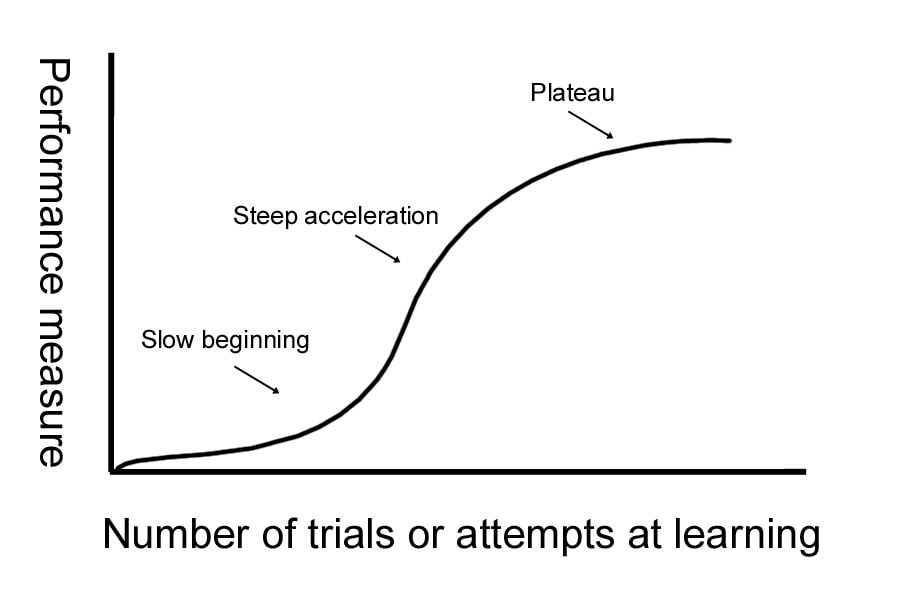
These are the phase that every S-Curve uses:
- Slow Beginning phase:
It is the initial phase of the learning process, where the player learns with small steps the rules of a new game system because it his new for him.The player’s pre-existing knowledge about the game makes this phase shorter because he has less information to learn.The length of this phase in CS:GO is relatively short, two hours about because the number of rules in the game system are not high.
The short length of this phase is one of the success key of CS:GO, because the player learn immediately how to play the game and he does not feel frustrated (Bushnell’s Law).This phase ends when the player learns enough information about the game system and he starts to make logical links to solve problems and to learn new informations.
- Steep Acceleration phase:
This phase starts when the player has a clear vision of the game system and he starts to create logical links to resolve problems and find useful informations, increasing a lot the learning velocity. (A)In CS:GO this phase is very long because the game stops teaching the player in a explicit way, so he has to understand how to find the informations independently. (B)In this phase the role of the community is very important, because it has to create and spread contents in the web that give the possibility to the player to learn informations that are not explicit and master them. (C)The player in this phase becomes completely immersed in the game, as he learns very quickly and he notices that his performances improve a lot. (D)Example: the player notices that the weapons have a different recoil and spray pattern, but he has not a clear idea about that, logically he starts to search informations (A).
The player discovers precise informations about the weapon’s spray patterns watching a YouTube video (B).
The player finds particular maps (called trainers) that are exclusively created by the communityt o master the spray pattern mechanics (C).
After the practice, the player kills more player in the matches because he has mastered the mechanic (D).
- Plateau phase:
This phase starts when the player returns to proceed with small steps because his knowledge of the game is almost total.CS:GO being a multiplayer online game, has a system in which the player does not know the game insomuch well that they can predict and anticipate it (bornout), because even if they know all the rules, they can not know the actions that the other players make. Thanks to this factor the player are pushed to improve themselves, as the challenge is balanced with the player skill, therefore this phase of the Learning Curve continue endlessly.
In this phase the learning is based on details that refine the game technique learned in the previous phases.
Learning Styles:
Thanks to the Kolb’s Learning Styles (following table), I analyze each step of the learning curve, to understand which typology of learning style CS:GO uses to teach the informations to the player.
| Doing (Active Experimentation |
Watching (Reflective Observation) |
|
|---|---|---|
| Feeling (Concrete experiences) |
Accommodating | Diverging |
| Thinking (Abstract Conceptualization) |
Converging | Assimilating |
- Accommodating: it is the ‘hands-on’ learning style, and relies on intuition rather than logic.
- Converging: find solutions to practical issues with logic and relying on the informations learned.
- Diverging: prefer to watch rather than do, tending to gather information and use imagination to solve problems.
- Assimilating: prefer good clear explanation rather than practical opportunity. Understanding wide-ranging information and organizing it in a clear logical format to solve problems.
This table shows which Learning Styles are used in the three main steps of the Learning Curve:
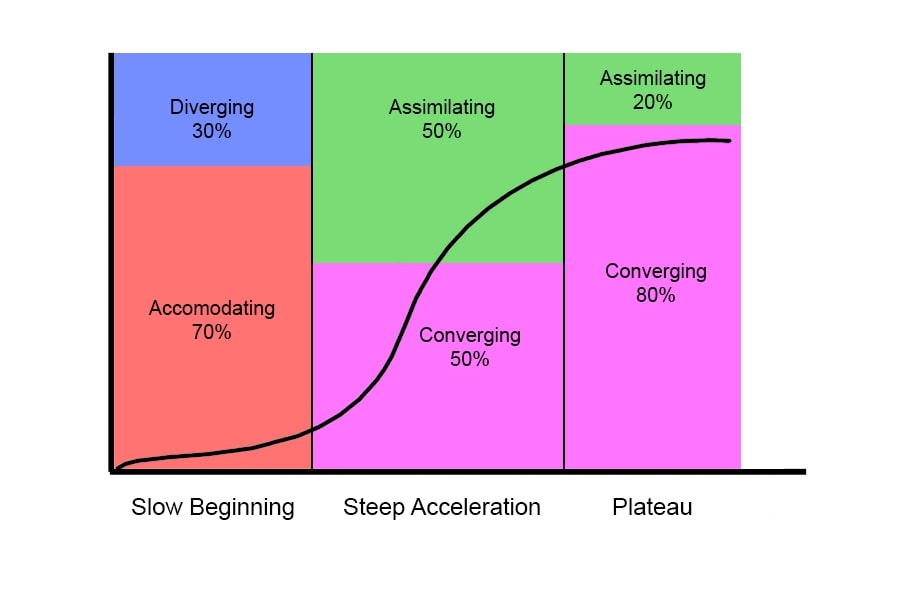
Slow Beginning phase:
- Accommodating (70%):
CS:GO throws the player into the game teaching with a “hands-on” approach the basic rules of the game.
This method generates interest into the player because from the opening of the game to the first match passes a little time, as there is no tutorial to perform.This method can generate confusion because the player could feels disoriented, for this reason CS:GO has two system developed on purpose to teach the rules to the player in safe areas:- Offline with bots: it is a normal match in which the enemies are controlled by an artificial intelligence (AI) and the player can choose the AI difficulty from 6 levels. This feature is used to avoid the frustration that can be emerge in the real match when the player has a skill level lower than the skill of the other players.
- Weapons Course: it is a tutorial in a safe area in which are teached in sequence the basic mechanics of the game. This tutorial uses different techniques (show all the weapons) to create curiosity into the player to push him to play the real matches.
- Confirming that in this phase the most used Learning Style is the Accommodating one, we have to look the order with which the games mode are displayed in the Main Menu because the game pushes the player to play real matches to learn the game: the first ones are the “Standard” modes against real opponents (yellow) that pusehes an Accommodating approach, after there is the “Offline with bots” (red) mode that gives the player the opportunity to choose the difficult level playing in the same maps of the “Standard” mode, lastly there is the “Weapon Course” (red) where all the difficulties are removed.

- Diverging (30%):
The game provides some useful tips that balance the difficult of the Accommodating Learning Style and facilitates the learning process of the player, because he uses these informations in order to imagine the solutions of the problems.- Game instructor: it shows textual tips during the game and helps the player to learn the basic mechanics.

- Prematch screen: it shows textual hints in the upper part of the screen (red) that provide some useful tips to the player. There is also the map layout in the left part of the screen (yellow) to highlight the importance of knowing the map to play well.

- How to play: in this section we can find textual descriptions of the game system and the basic mechanics. Those informations are not visibile in the main menu, but only during a match. This choice was made because if you open these informations during the match, the game keeps going on in order to not let the player make abuse of them.

- Game instructor: it shows textual tips during the game and helps the player to learn the basic mechanics.
Steep Acceleration phase:
- Assimilating (50%):
The player understands that the other players use different techniques and tactics that make them more efficient in the matches, so he starts wishing to understand these techniques.
This Learning Style is based on emulation.CS:GO helps the Assimilating Learning Style with two different systems:- Kill cam: after a player’s death, a replay of the kill viewed from enemy’s visual appears on the screen, in order to show to the player the mistake that led him to death.
- Spectator Mode: in the game modes in which the respawn happens only at the end of the rounds, if the player dies can watch the rest of the round from the other players visual to learn their strategies and actions.Another very important element that supports the Assimilating learning style are the contents uploaded in the web by the community. Watching these videos and reading the forums, let the player learn an incredible amount of informations and let store them in his brain in a structured way.
- Converging (50%):
After that the player has learnt informations through the Assimilating learning style, he has to apply them in the game to finalize the learning, otherwise these informations disappear from his brain.
For this reason he has to train with the new informations acquired, in order to master them.
The Steep Acceleration phase continues till the player finds a large quantity of new informations to learn, overtaken a determined limit the player starts to know almost every information about the game so the learning slows down and this phase ends.
Plateau:
- Assimilating (20%):
This Learning Style is used only when the player finds new informations that he does not know and they are relevant to increase his knowledge of the game.
At this point of the learning process is not simple to find new informations, because the player has learned almost all the information about the game. - Converging (80%):
Even if the player knows almost every information about the game, the training to become better in these things never stops. The player, knowing all the game informations, focus the training on his weaknesses to improve his gameplay.
The Converging Learning Style continues endlessly because the player can always improve himself using the informations learned.
CLASSICAL CONDITIONING
CS:GO is a fast paced game based on rapid actions, in wich even milliseconds make the difference. Its purpose is to make the player understand very quickly what happens in the game, to make it happen, it has a stimuli transmission system made in a maniacal way.
Remove the “noise”:
“The noise is any elements in the game system that generate a disturbance in the player’s conditioned stimuli perception”.
Example: the enemies are black and have a humanoid aspect, in the game there are the garbage baskets that share some similar visual properties of the enemies.
This creates the noise, because the player can confuse the garbage baskets with enemies and vice versa and could not responds in the right way to a stimuli (the player shoots to a garbage basket because he thinks that it is an enemy or he does not shoot to an enemy because he thinks that he is a garbage basket).
This technique is one of the main pillar of the design of CS:GO, because the game make sure that there are not elements that create noise and confusion in the player perception.
For example, the noise removing is used in the graphical and structural composition of the maps in the game.
A lot of player are complaining that CS:GO is a game with a “bad” graphic, as it does not reach the realism level of other multiplayer online titles.
The gaunt graphic is voluntarily maintained in the game, as with its simplicity does not create any form of noise and the game results very clear.
Here are explained some techniques that are used in CS:GO to reduce the noise from a graphical point of view:
-
- Saturated colors and high contrasts:
CS:GO creates a clean graphical distinction between every elements in the game, as the player can understand which conditional stimuli appears to perform the right response.
In the following images there is a comparison between CS:GO and Battlefield 1 to understand the different approaches used:CS:GO remove the noise creating a simple and unrealistic graphic:
Battlefield 1 providing a realistic experience, voluntary creates the noise that is always present in the reality.
- Saturated colors and high contrasts:
- Few elements very distinctive:
CS:GO removes all the superfluous elements that have only a graphical purpose.
For example it uses flat textures without details to not create confusion, uses a eaves geometry for the elements to create sharp lines in the environment, uses a UI very simple only with the essential elements.
This technique gives the possibility to create mental pattern in the player, helping him to play in a clear way.CS:GO: Battlefield 1:
Battlefield 1:
Stimuli pairing:
“The Stimuli pairing is the subject’s capacity to associate two or more stimuli, giving to them the same response” (Pavlov’s Experiment).
CS:GO uses the stimuli pairing as a reinforcer to emphasize the informations that are transferred from the player to the game and vice versa.
Some informations are transmitted using more than one conditional stimuli, as the player has more chance to notice at least one of them, providing the right response.
To understand the stimuli pairing we have to know the stimuli transmission channels (Neil Feming Learning Style), that are the way in which the stimuli are presented to the player.
Stimuli transmission channels:
- Visual: visual presentation of the stimuli.
Example: the player looks an enemy (stimuli) and shoot to him (response). - Text: textual presentation of the stimuli.
Example: over the screen appears the text “Reload” (stimuli) and the player press R to reload the weapon (response). - Audio: auditory presentation of the stimuli.
Example: the player hears the enemy footsteps sound (stimuli) and he proceeds with more caution (response).
The most important information are transmitted to the player using all the channels to be sure that the he perceives at least one of them and performs the response.
To demonstrate the stimuli pairing used in CS:GO, I have analyzed one of the most important informations transmitted: “let understand to the player when performs a kill”.
CS:GO uses all the stimuli transmission channels to communicate this information to the player:
- Visual:
The enemies splatters blood when they are hit by the bullets and they wear out when they die, sending the player the information that they are dead.
- Text:
After a kill, an indicator that informs the player that he has performed a kill appears in the UI. This indicator is bordered in red (color that is easy to notice) and informs the player on the type of kill, the weapon used and which player is been killed. This indicator is very important because informs the player even when he can not see the visual stimuli (wallbang shots).
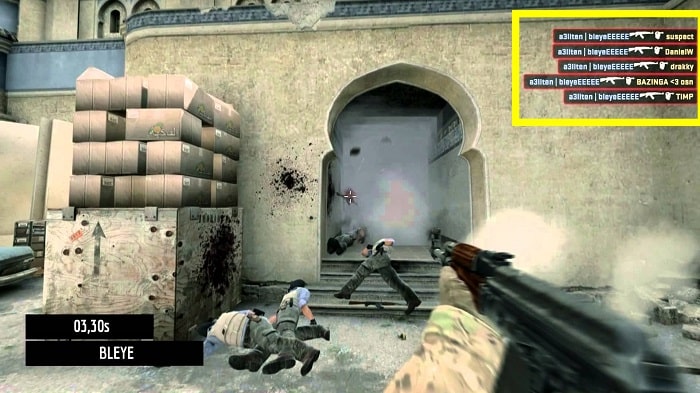
- Audio:
The bullets based on the body part hit create a different sound.
The headshot is easy to recognize because reproduces a metallic sound (simulates the metallic helmet of the soldiers) instead for the normal body shot is reproduced a standard sound that simulates the bullet impact on the body.
All these paired stimuli are presented to the player at the same time (indeed there is a little delay) because the Simultaneous Conditioning is the stimuli pairing typology that offers the best results.
OPERANT CONDITIONING MECHANICS
Operant Conditioning in CS:GO:
“The Operant Conditioning establishes that in the learning process the subject’s behavior is modified by Reinforcers and Punishments”.
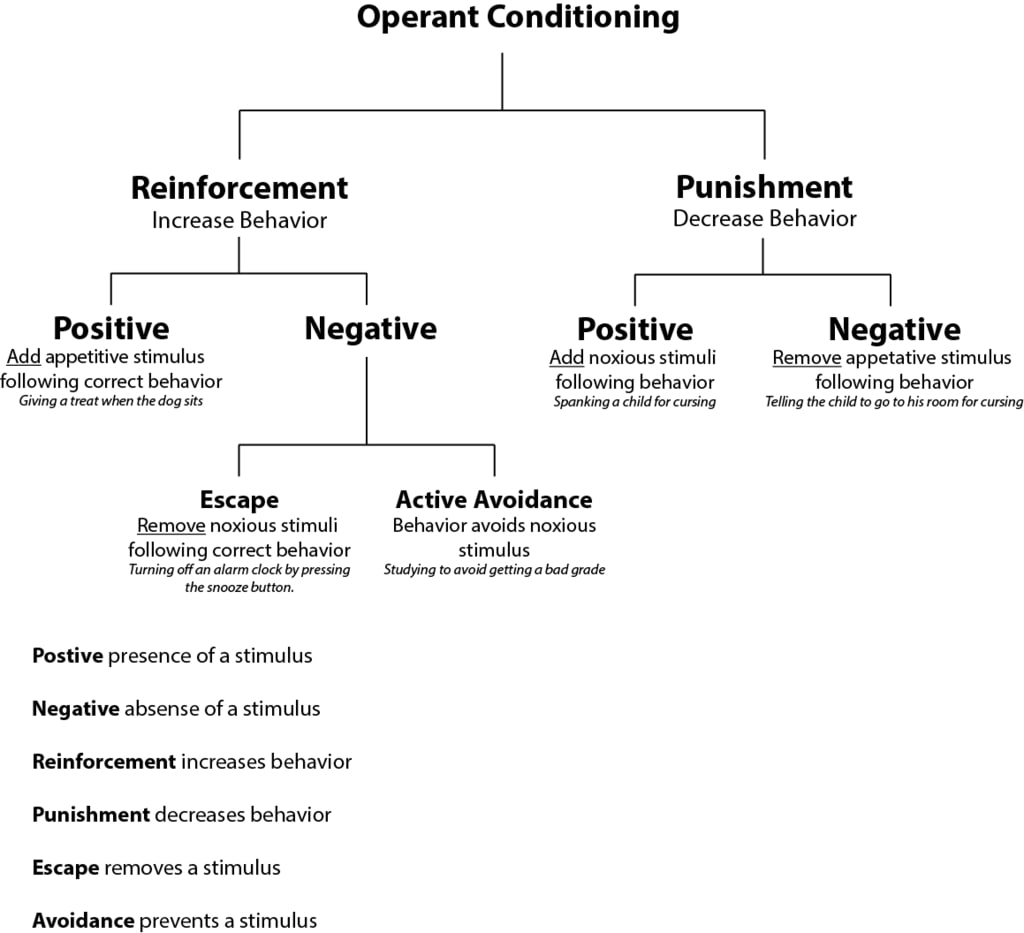
CS:GO being a multiplayer online game in which real players play, the Operant Conditioning is not only from the system to the player (System based) but is also from the players to other players (Player based).
- System based:
“The player performs a desired or not desired action by the game system and in exchange the game system gives to him a Reinforce or a Punishment”.This Operant Conditioning is mathematic and not variable because the game system uses rules to provide reinforces and punishments.
Example: the player for every kill with the AK-47 receives 300$ from the system. This mathematical rules is determined by the values of this table).With the experience, the player can learn all the rules that generates reinforcements and punishments because they are rigid and mathematical.
This aspect permits to the player to have the awareness of the consequences that arise between him and the game system.
Example: the player knows that for every kill with the AK-47 earns 300$.
If the player wants to earn more money, he uses a less strong weapon that makes him to earn more money. The player knows the system and expects the consequences. - Player based:
“The player performs a desired or not desider action by one or more players and in exchange the players give to him a Reinforcement or a Punishment”.This Operant Conditioning is not rigid and mathematical as the System based one, as the players do not use the game mechanics (rules) but use the game dynamics (mechanics+interactions) to transmit reinforces and punishments, creating a system that generates an infinite number of possible situations.
Example: the player buy a weapon and drop it to a teammate that has not enough money to buy it. In the next round, the teammate buy a weapon and drop it to the player creating a reciprocal help.This system is not predictable as the System based, because this one is based on the player’s interactions. The players can bluff or act in incorrect ways giving punishments to the player also when he should be rewarded with reinforces or vice versa.
This system is based on the reciprocal trust between the players.
Example: the player buys a weapon and drop it to a teammate but this one does not thank the player and does not reciprocates the favor.In this system the player’s behavior influences the others players’ behaviour.
Example: the player is less inclined to buy weapons to the team mates if these ones do not thank the favor.
Reinforcements:
- Positive:
“The player make an action desidered by others, and he receives a reward”.This type of reinforcements is the only one that gives an advantage to the player compared with the situation in which he is.
The game system uses this type of reinforcements to make the player feel strong and to keep him playing the game.Example of mechanics that uses Positive Reinforcements:- Play the game to gain points and level up: this mechanic is used to give an objective to the player (level up) and to distract him from the frustration and the bad feelings that arise after the bad matches, because the system reward the player even if he not play very well giving to him points to reach the level up.
This mechanics is very useful in the Slow Beginning phase of the Learning Curve, because the player is always rewarded by the system and he feels powerful. - Kill enemies to earn money: the player performs one of the most important action in the game, and receive the money as reward, because they are the most important resource in the game.
The importance of the reward is proportioned to the action performed.
This reward creates a big sense of risk into the player, because if he is killed in a fight, who receives the reward is the enemy. This mechanics creates the basic risk-reward system of CS:GO. - Make an headshot to kill faster the enemies: this mechanics creates a difference based on the players’ skill, because a more experienced and precise player almost always kills a player with less precision. This factor forces the players to train themself to obtain more frquently this reward by the system.
- Be the best player in a round to receive the MVP status: this mechanic gives a reward that creates a very strong feeling of power in the players (“I’m the fu**ing best player!”) because is a clear demonstration of superiority.
- Win a round to earn more money: this mechanic is based on the team actions and not on the single players action, so it pushes the team cooperation to receive the reward. It is used also to console the players that has played bad in the round, because receive a reward thanks to the team mates actions.
- Play the game to gain points and level up: this mechanic is used to give an objective to the player (level up) and to distract him from the frustration and the bad feelings that arise after the bad matches, because the system reward the player even if he not play very well giving to him points to reach the level up.
- Negative:
“The player makes an action desidered by others, and he does not receives a punishment”.There are two different types of Negative Reinforcements:- Escape:
“The player make an action desidered by others, and removes a noxious stimuli”.This type of reinforcements is very variable because is almost entirely based on player’s interactions and the player has to adapt his gameplay trying to avoid the noxious stimuli, otherwise his situation worsens.Example of mechanics that uses Escape Negative Reinforcements:- Defuse the bomb to not lose the round: the player defuses the bomb (noxious stimuli) to not loose the round (removing the punishment).
- Active Avoidance:
“The player makes an action desidered by others, and he prevents the appearance of a noxious stimuli”.This type of reinforcement is based on the player’s knowledge about the noxious stimuli in the game because he can avoid them only if he is informed.Example of mechanics that uses Active Avoidance Negative Reinforcements:- Defusal Kit: it is an item that can be bought only by the counter terrorist and permits to halves the defusing time required. The players bought it in the start of the matches trying to prevent the punishment (loose the match because the bomb explodes).
- Escape:
Punishements:
- Positive:
The player make an undesired action by others, and receives a punishment”.This type of punishments is the only one that give a disadvantage to the player compared with the situation in which he is.
The game system uses this type of punishments to immediately correct the player’s behaviour.Example of mechanics that uses Positive Punishments:- -3000$ if you kill a teammate: the team killing is the most hated behaviour in an online game, so the game punishes it with a very big punishment (3000$ are about the earning of three rounds).
- Die in a round and you lose all the equipments: the death is punished with the lost of all the weapons and equipments, so the player in the next round has to spend money to rebuy them. To not create a system in which the winner players are too favorites, there is another mechanics (Blue Shell) that balance the system and creates a negative feedback loop that give extra money to the team based on the number of consecutive defeats.
- AFK (Away From Keyboard): if the player do not make a move in a specific time, he is kicked out.
- Negative:
“The player make an undesired action by others, and does not receive a reinforcement”This type of punishment does not provide a disadvantage to the player, but does not improve his situation.
The game system uses this type of punishments to push the player to play well to try to improve his situation.
This type of punishments is less strong than the positive one.Example of mechanics that uses Negative Punishments:- Do not kill anybody in a round and you do not receive the money bonus: this mechanic put in evidence the difference of the player’s performance because if a player does not kill anybody, earns less money (not improve his situation) compared to a player who kills some enemy (improve his situation with extra money).
- Play rarely and you have less probability to unlock rare items: the probability with which the rare items are unlocked is based on the frequence with which the player play. This pushes the player to play often the game to try to improve his situation (obtain rare items).
ECOSYSTEM ANALYSIS
Below there is the graph that reassumes the analysis that I made about the CS:GO ecosystem (based on Bartle’s model):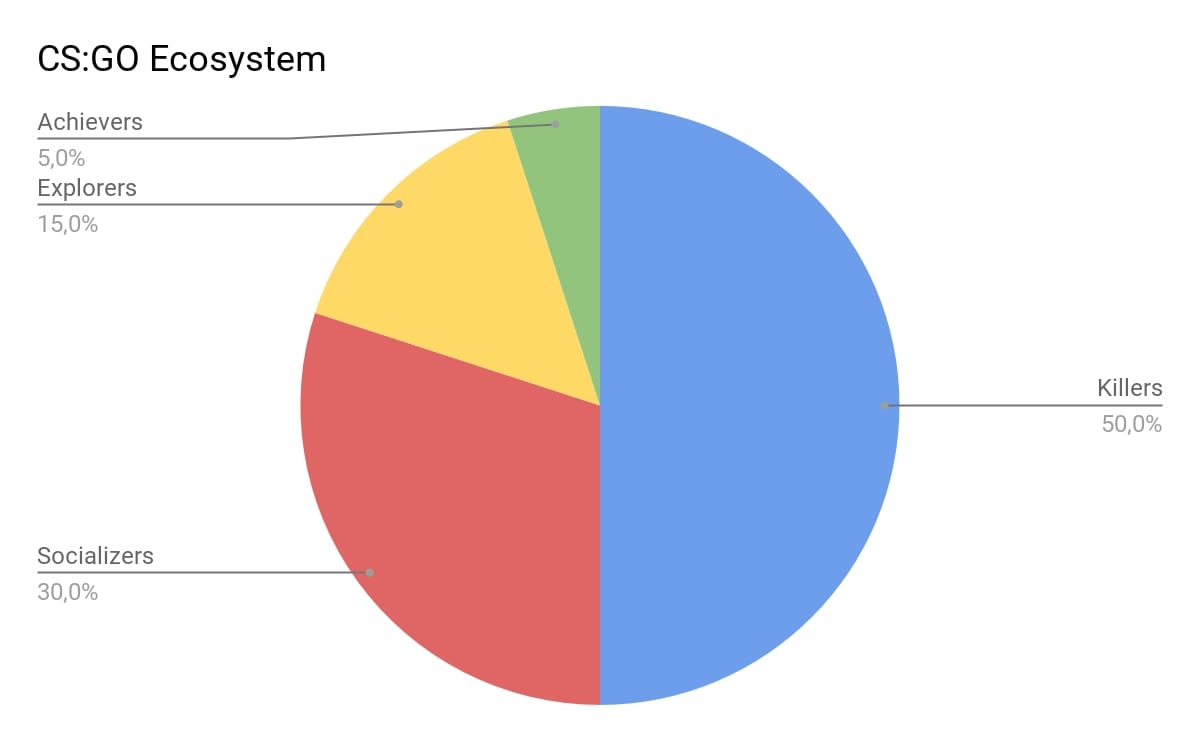
Killers:
They are the player’s majority as the main activity in a multiplayer Agon based game like CS:GO is win the direct conflicts against the other players.
The latter being real and not controlled by an IA, make the game more interesting for the Killers because they know that in the other part of the screen there are other real players to dominate.
Elements that promote killer behaviours:
- Agon based game
- Direct conflict
- Competitive mode
- E-Sports
- Leaderboard and ranking
- War context
Socializers:
CS:GO does not teach in a explicit way how the game system works, for this reason the community every day uploades hundreds of videos, lives streams, tutorials, documents and analysis to help each other to better understand the game.
CS:GO being a team based game creates the right balance between competition and cooperation, forcing the players to communicate with their teammates to dominate the opposite team.
This cooperation forces all the typology of players to communicate to the other players (often creating new friendships).
Elements that promote socializer behaviours:
- No explicit tutorial, so the players help each other uploading contents
- Beautiful to watch, the players love to watch it and talk to other players
- Cooperation forces to interact with other players
- Loot boxes, market, sell and exchange of rare objects and other things that pushes the interaction between players
Explorers:
They are not very numerous because only few players are interested in interaction with the game world. They have a fundamental role in the CS:GO ecosystem, because they find new strategies, new secrets, bugs… And with the support of the socializers, these contents are disclosed to the community.
CS:GO permits to the explorers to create new contents with its engine, like a simple tool box that gives the possibility to create whatever they want.
Elements that promote explorer behaviours:
- Open source engine with which creates new contents
- Find uncovered aspect of the game
Achievers:
They are the smaller part of the ecosystem, because the game has a design based on Dominance.
The mechanics that supports the achievers are the level up and challenge system that give points and medals to the players.
These mechanics were inserted into the game four years later from the original release, because the game is very solid and deep even without them.
Elements that promote achiever behaviours:
- Level up system
- Single player challenges with different difficulties to obtain medals
- Online challenges to obtain medals
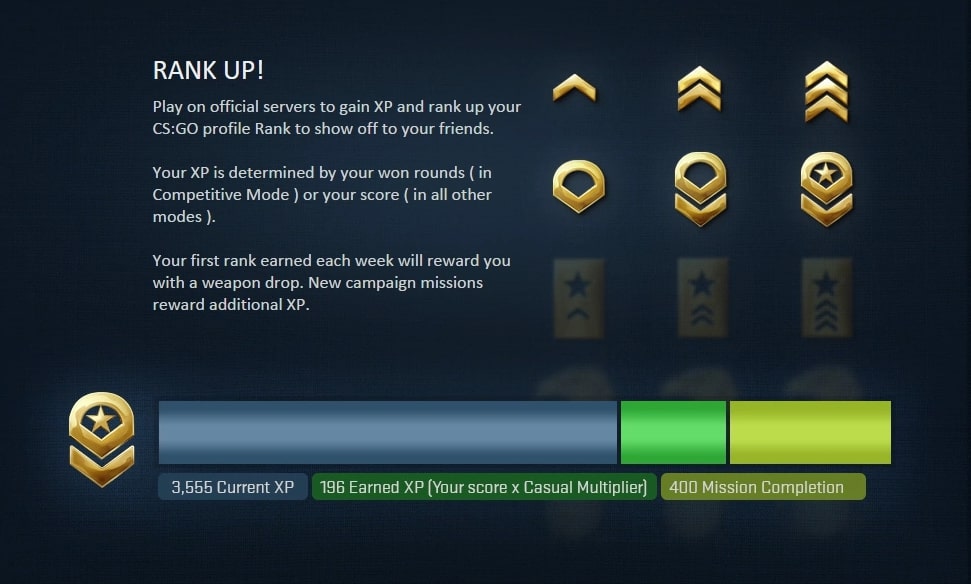






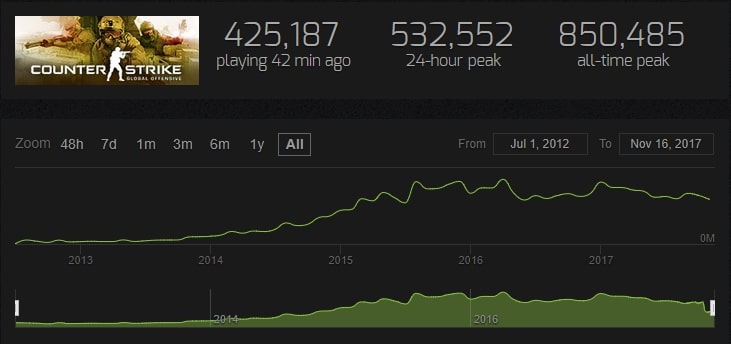
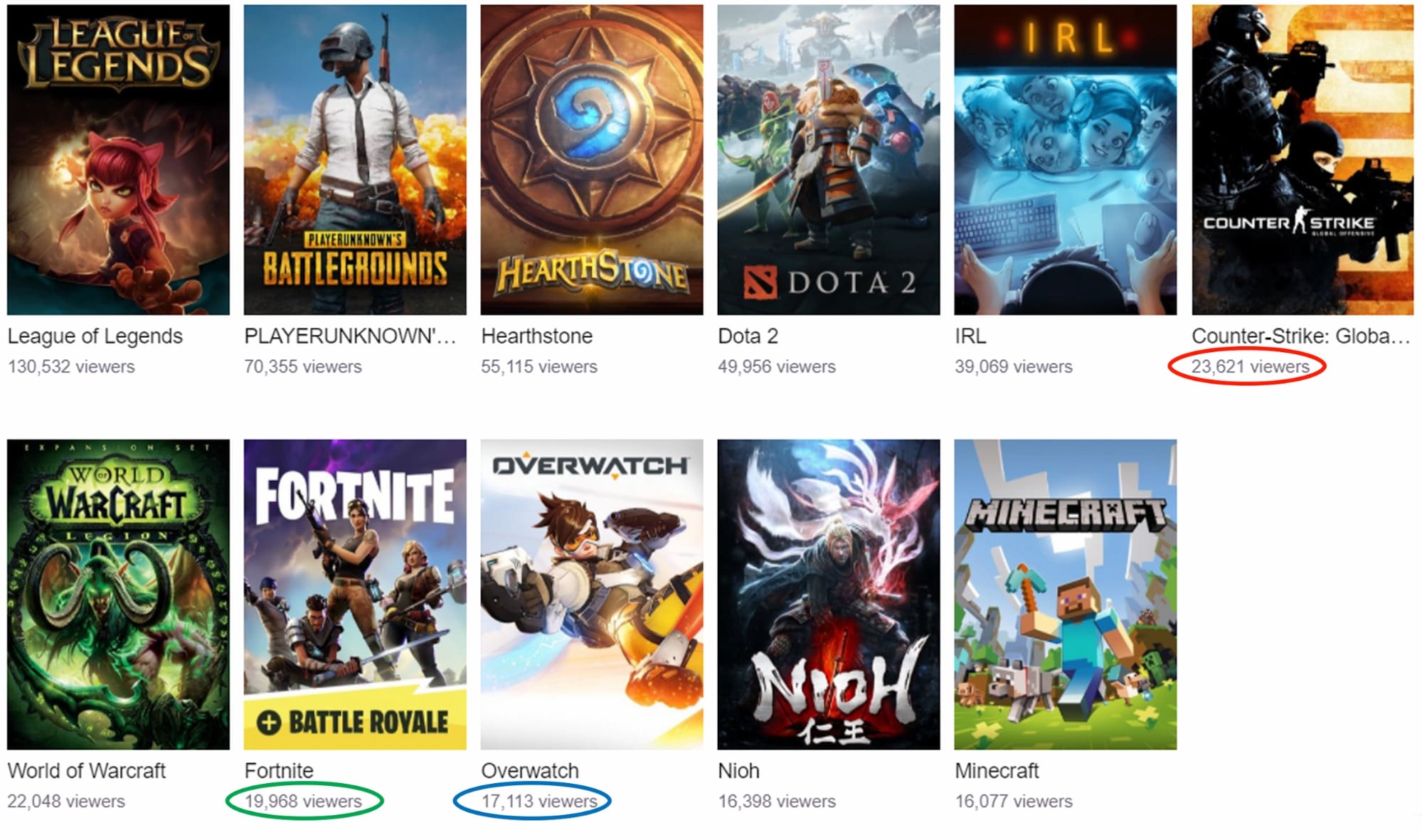
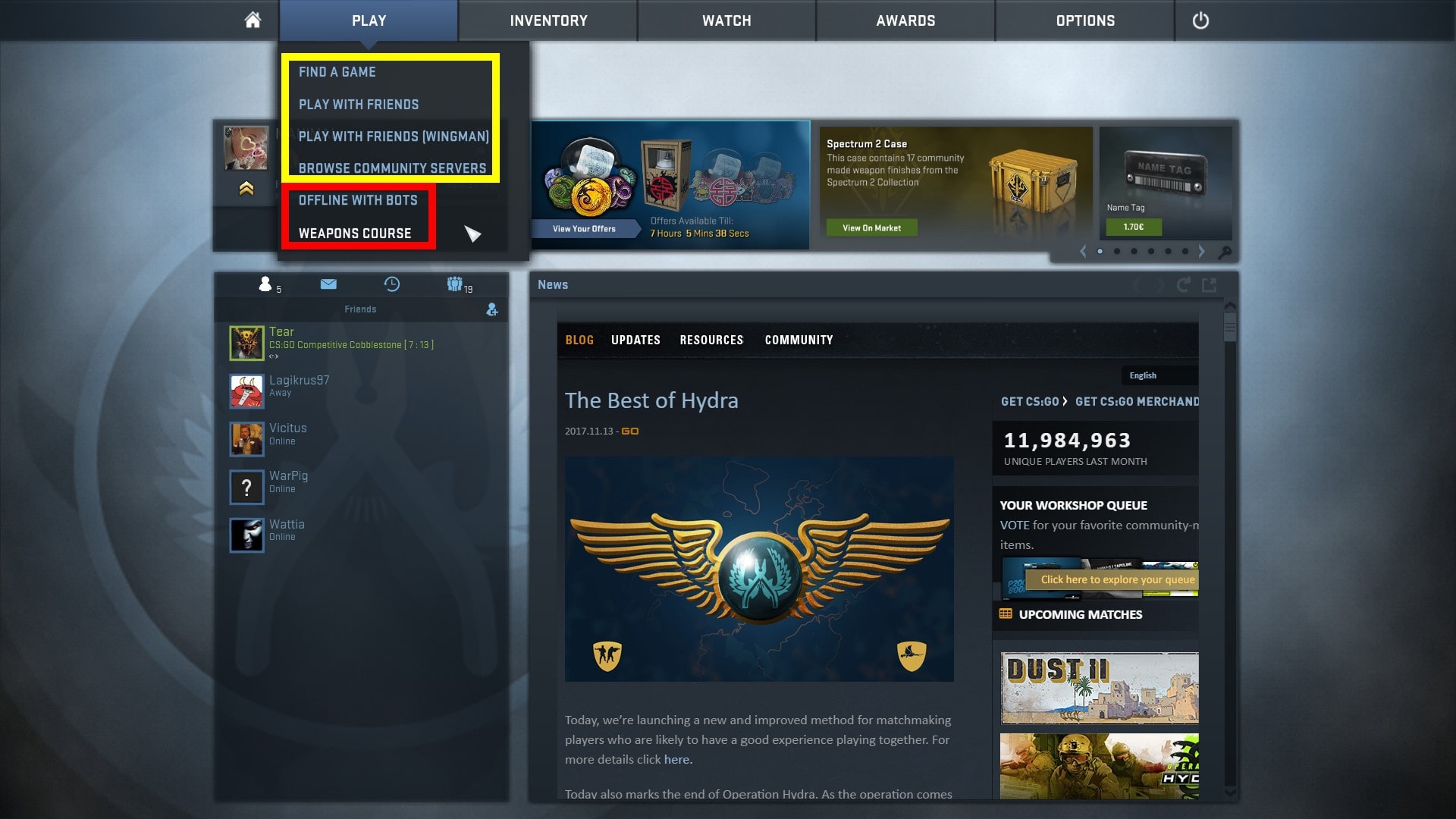
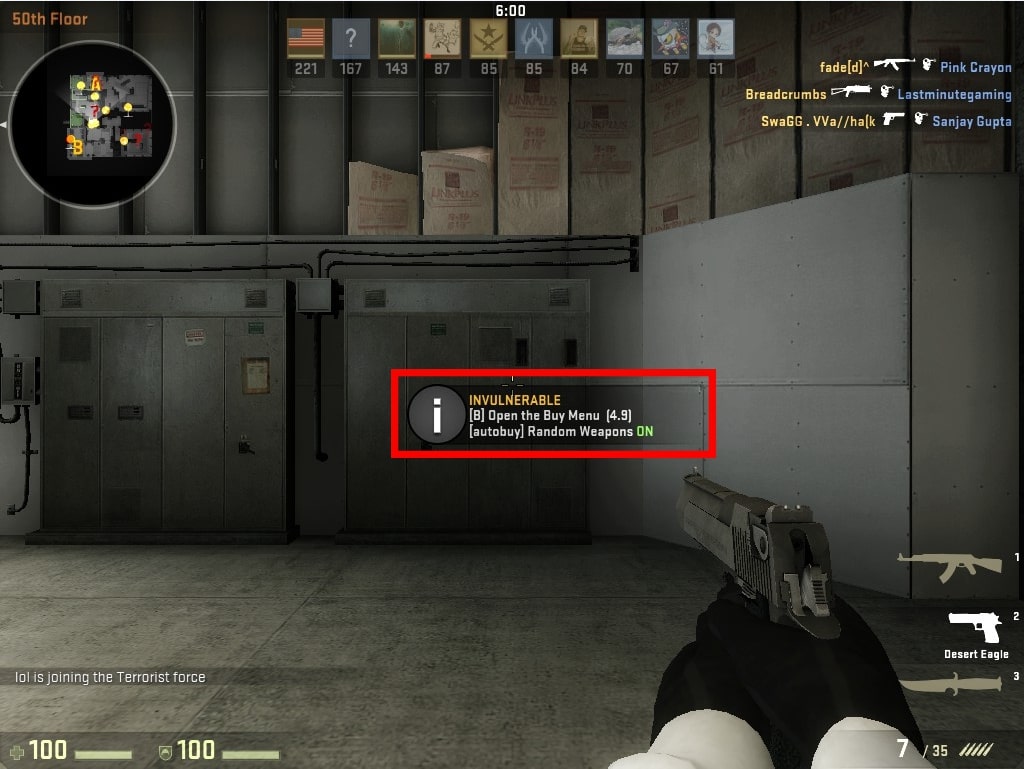
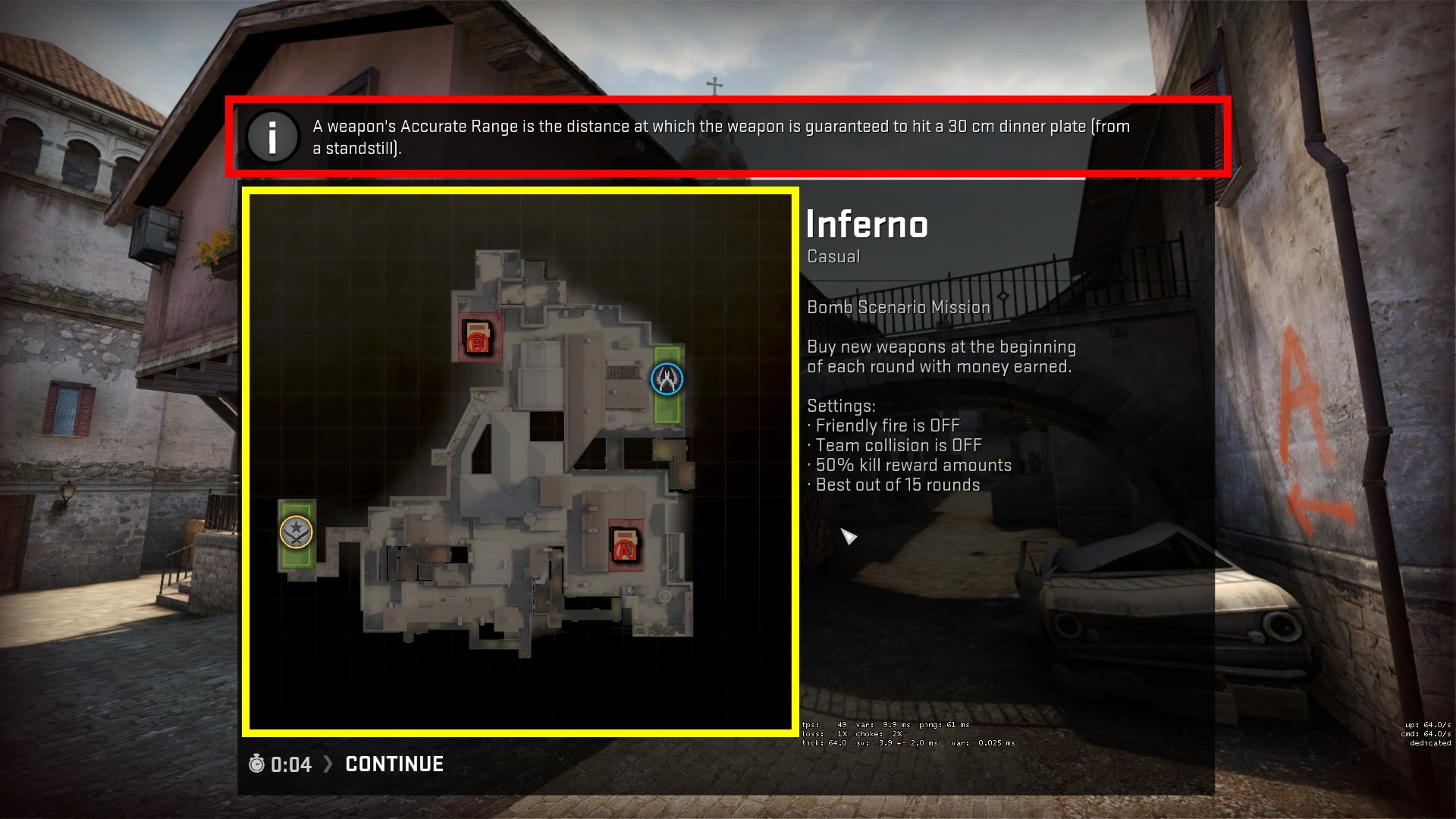
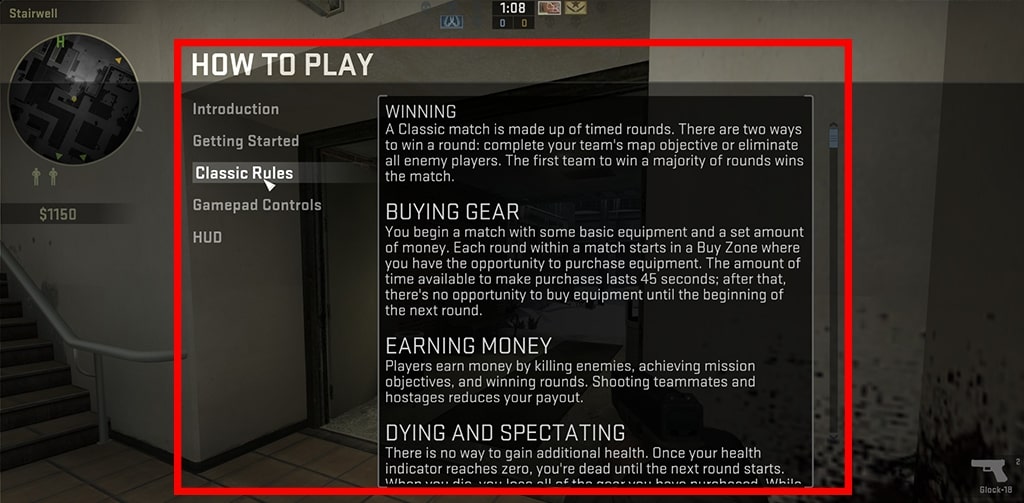
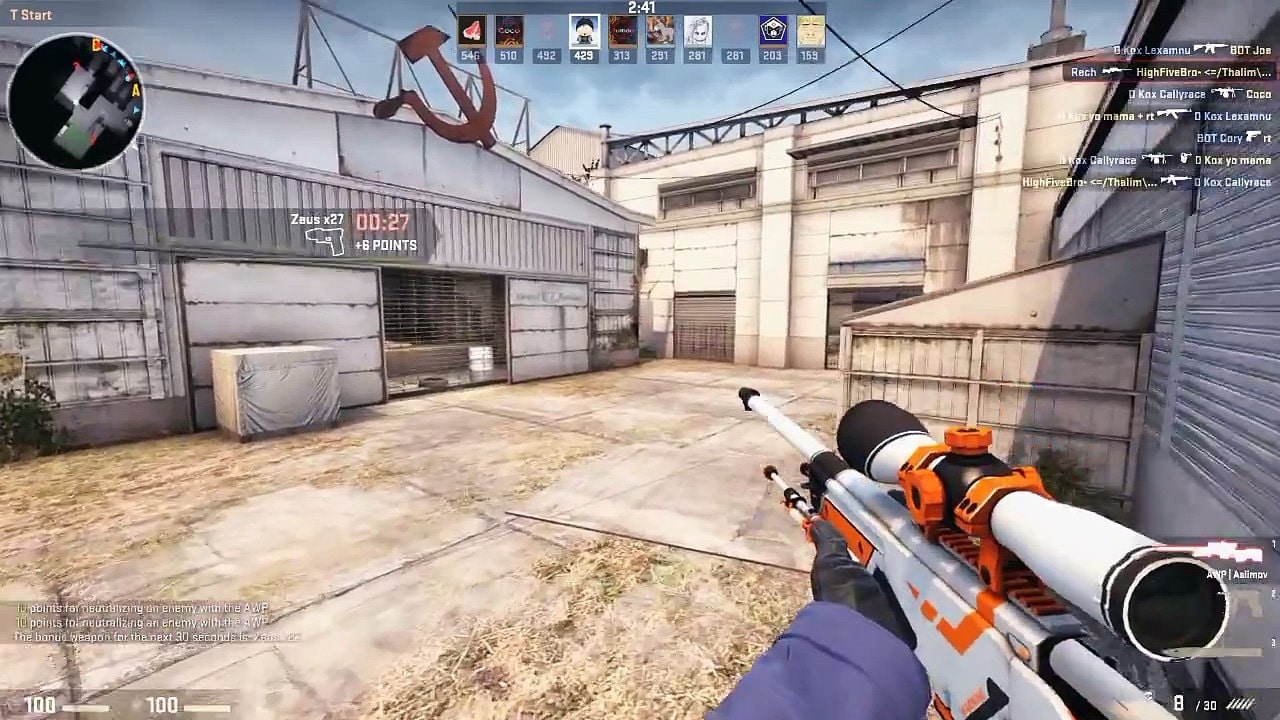
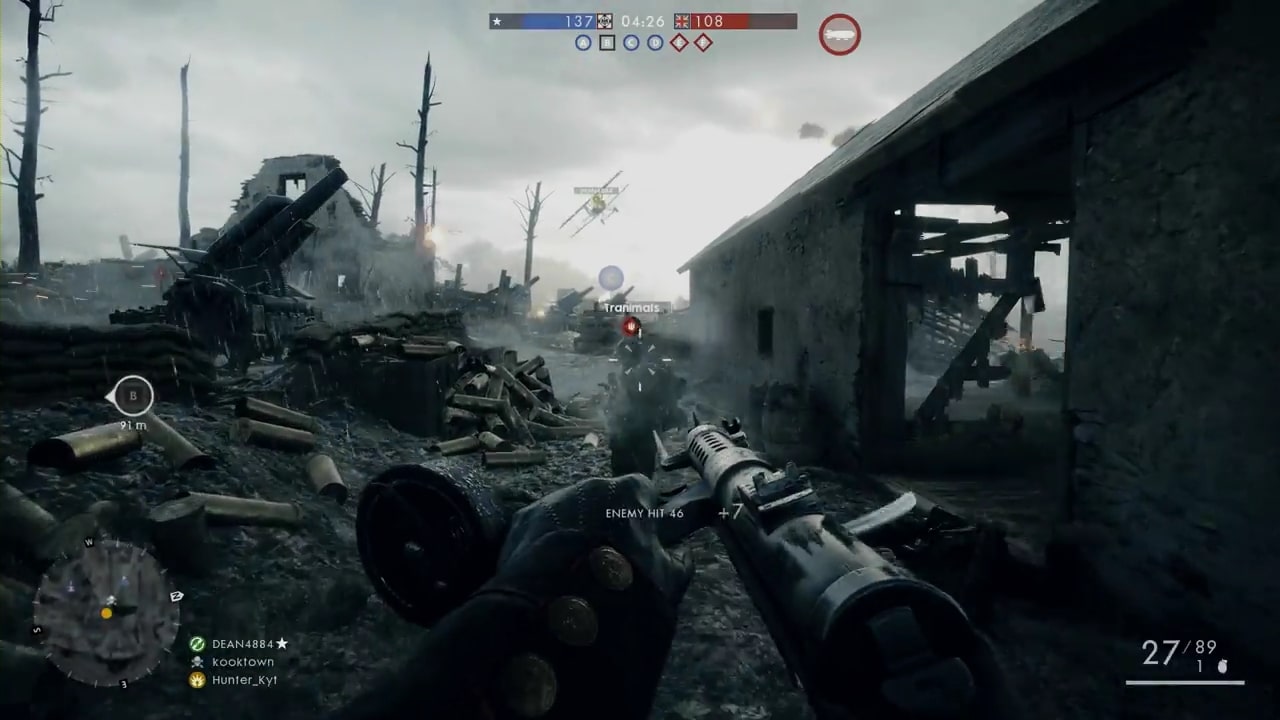
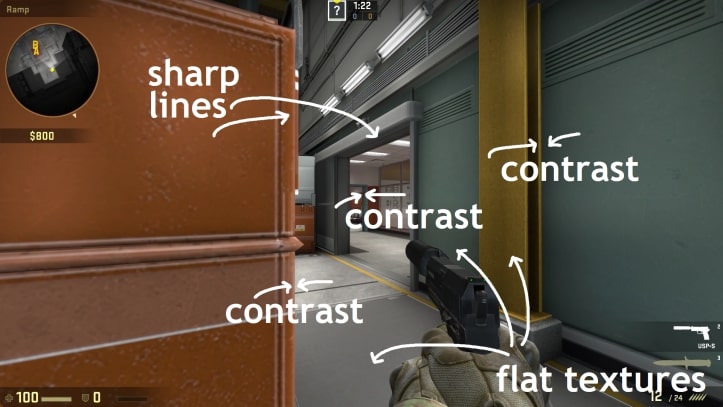 Battlefield 1:
Battlefield 1: